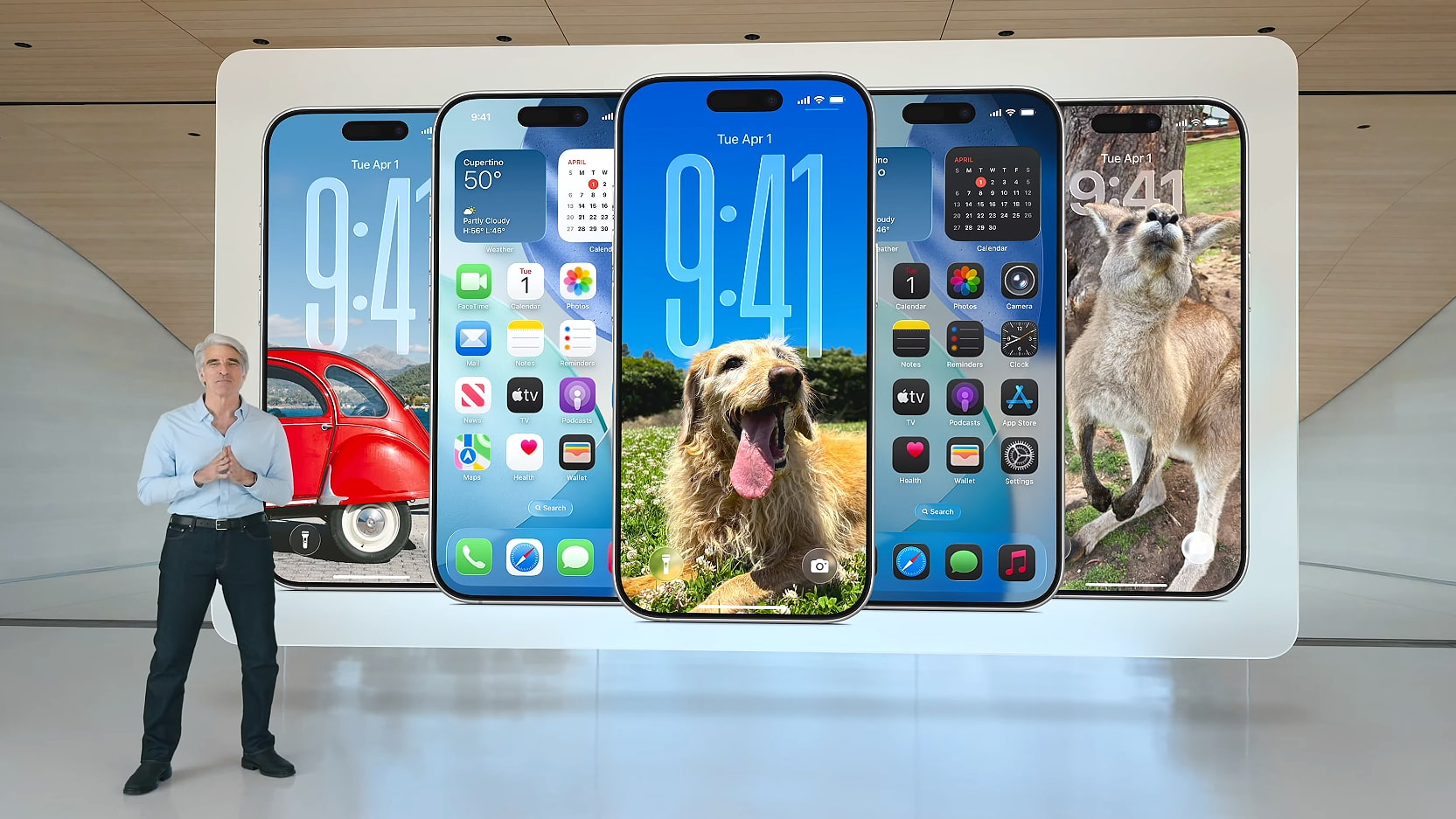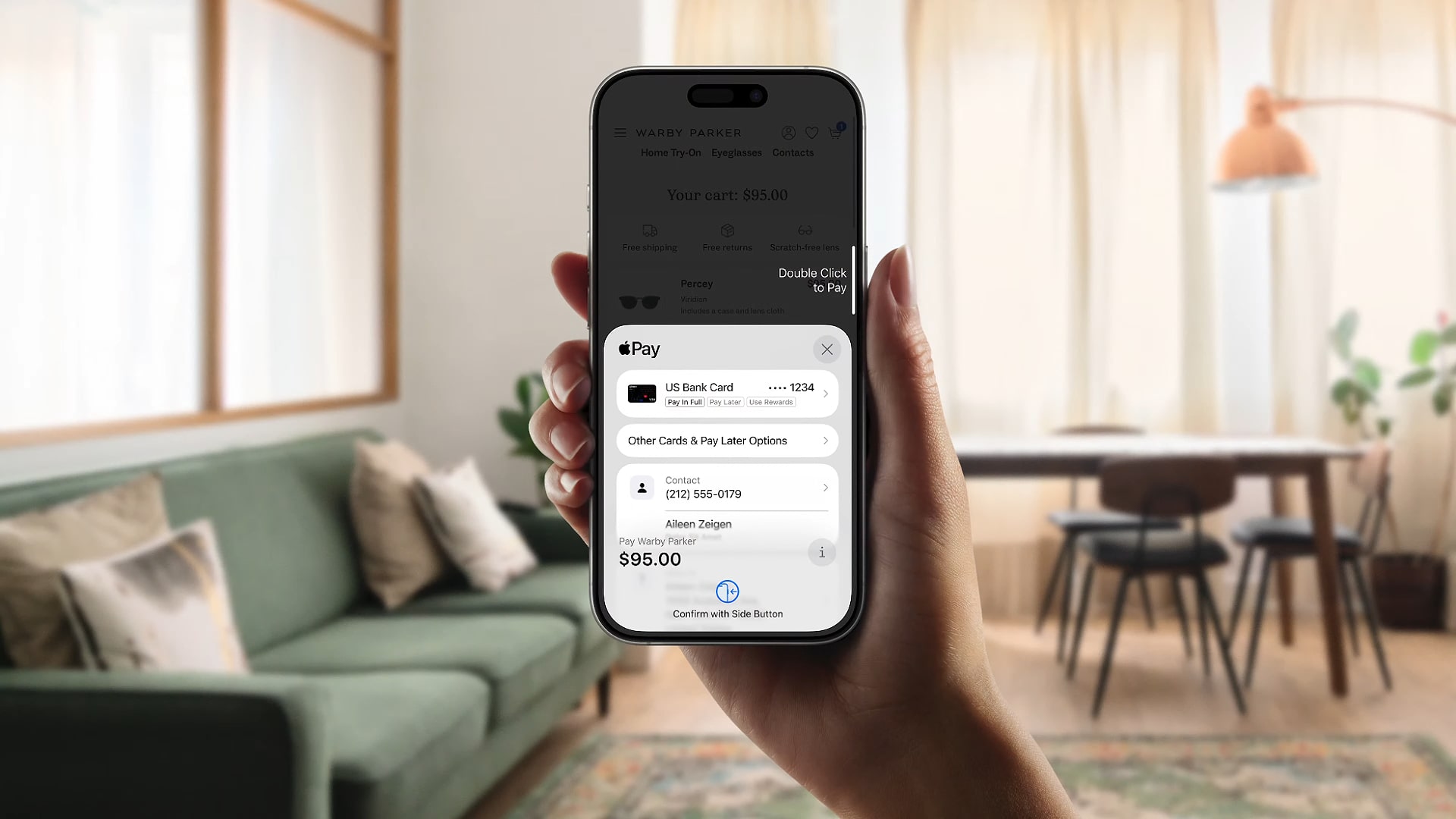I’d have placed a decent bet on Apple making a big deal about Apple Intelligence at WWDC this year, and from that I’d have predicted that the iPhone 17 would be Cupertino’s first proper AI phone.
The company somewhat fluffed the launch of Apple Intelligence, with AI-powered features for the iPhone 16 family taking a long time to roll out after its launch, and a smarter ChatGPT-centric Siri still absent. With that in mind, I’d have thought Apple would have gone harder on AI at its yearly developer’s conference.
I was wrong.
Apple Intelligence was mentioned, but more as a smart virtual icing to a cake consisting mostly of the Liquid Glass design material and feature updates across Apple’s software ecosystem.
So with that in mind it’s arguably hard to draw any big insights into what’ll be in store at the next Apple event, which is likely to be a September one centred around new iPhones. But I think I can have a good stab at what the next iPhone will be like.
It’ll be boring.
Send me now new iOS

My theory here is that the iPhone 17, if Apple does go with that nomenclature, will be a vehicle for iOS 26 with hardware upgrades taking a back seat.
While a lot of the core iOS experience will broadly be the same as iOS 18, the design changes could take a little getting used to; plus there are a host of new features in the native apps that could offer users new ways to do things.
So I suspect Apple won’t do much on the hardware side to get in the way of that experience; there’s not likely to be any big changes to the core iPhone design, camera array or materials.
Depressingly, I even expect the standard iPhone 17 will still have a 60Hz display, as it seems like Apple is one of the few companies who can get away with this and still charge a premium price.
There are some rumors that tout changes such as the use of aluminum for the frame of the iPhone 17 Pro, but I don’t buy them; the rumored iPhone 17 Air could use the lighter material, though I don’t see that phone shaking up the core design of iPhones.
Rather than champion many hardware upgrades, which in recent years have become iterative to the point of being dull, I think Apple will position the iPhone 17 range as a new chapter in getting the most out of a fresh iOS.
And I think a lot of people will buy into it.
The iPhone’s new clothes

Much like changing up an outfit with the addition of a new shirt or coat, or swapping the strap of a watch, redesigned software can make tried and tested hardware seem fresh and new, even if most of those changes are merely aesthetic.
But I think new features like an overhauled Phone app, smart tools for Maps, Wallet and Music, plus new dedicated Games app-meets-hub will make next-generation iPhones feel a lot newer than those that have simply had camera sensor or button upgrades over their predecessors.
I’m particularly intrigued to see how the Games app plays out, as Apple has quietly been strengthening the gaming experience on iPhone, with support for titles such as Death Stranding and a suite of original games in the growing Apple Arcade service, both of which I don’t feel Android has a strong answer for.
Add in a new chip, which is all but guaranteed for the next-gen iPhones, and you could be looking at some impressive stealthy gaming phones.
With that in mind, I can see the iPhone 17 offering a family of phones for people who’ve resisted upgrading to a new iPhone for a couple of years. That’s often the case, of course, but I feel iOS 26 will be more of an upgrade catalyst even though models dating back to the iPhone 11 can run this upcoming iteration of Apple’s mobile operating system.
I’d place a very solid bet that Apple will market the iPhone 17 range as the ideal vehicle for iOS 26, and I’m forecasting that’ll suck in a lot of people; let me know in the comments if you don’t agree.
All that being said, I’m totally open to Apple surprising me with an iPhone that’s being given a serious reworking or just has a good clutch of hardware upgrades. I don’t personally think this is the year for that – but I don’t think that matters either.
